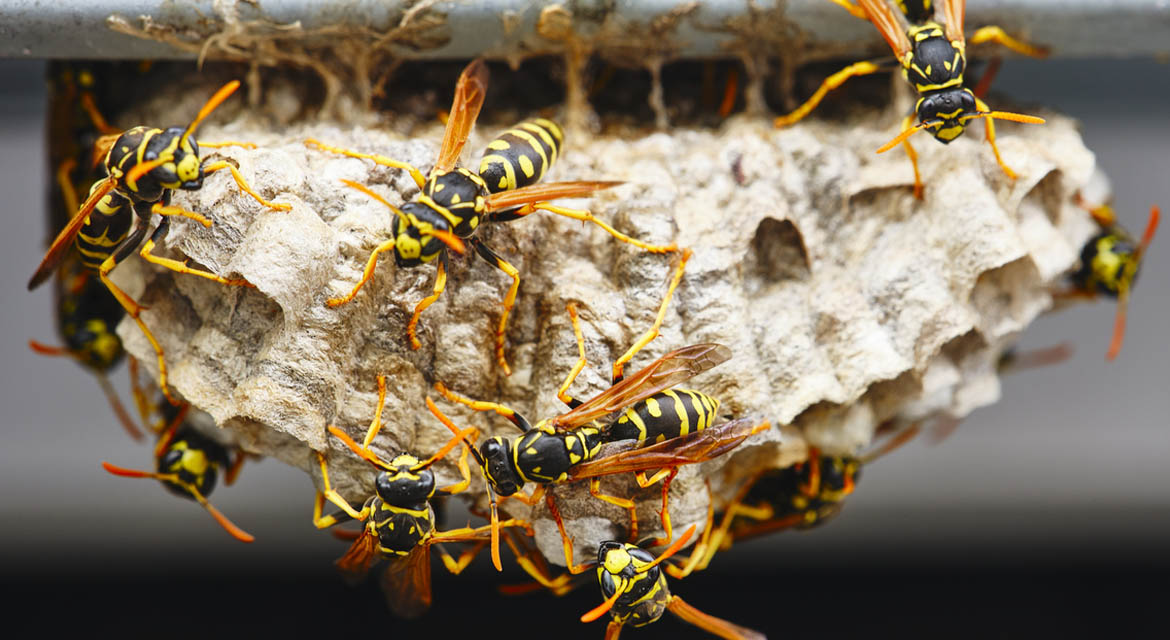Wasp Facts & Information
Wasp Overview
Wasps are a diverse and often misunderstood group of insects belonging to the order Hymenoptera, which also includes bees and ants. These fascinating creatures come in a wide range of species, with over 100,000 known varieties worldwide. While some wasps are social and live in colonies, like the infamous yellow jackets, others are solitary and lead more independent lives. They play crucial roles in ecosystems as both pollinators and predators, helping control pest populations by feeding on insects and arthropods. With their distinctive narrow waists, elongated bodies, and often vibrant colors, wasps are easily recognizable. However, their stinging ability, which is primarily a defense mechanism, has contributed to their reputation as bothersome insects. Despite this, they are an integral part of the natural world and continue to intrigue scientists and nature enthusiasts alike.
What do Wasps Look Like?
Wasps are characterized by their distinctive physical features. They typically have slender, elongated bodies with a well-defined waist that gives them an hourglass-like appearance. Their bodies are often marked with a combination of black, yellow, or orange colors, though some species may be brown or metallic blue or green. Wasps have two pairs of wings, with the front pair larger than the hind pair, and their wings are often clear or slightly smoky in color. These insects also have large, compound eyes and elongated antennae. The shape and size of wasps can vary significantly depending on the species, ranging from a fraction of an inch to several inches in length. One of their most recognizable features is their pointed, often venomous stinger, which can be used for defense and capturing prey. Overall, wasps exhibit a wide range of colors and patterns, making them easily distinguishable from other insects like bees and ants.

Not the pest you are looking for?
Check out our pest library to see what other pests we have articles on
Wasp Pest Control
Wasp pest control is an important aspect of managing these insects when they pose a threat to human safety or property. Due to their ability to sting and build nests in inconvenient places, such as homes or gardens, controlling wasp populations becomes necessary. Pest control methods for wasps typically involve identifying and removing nests, either by physically dismantling them or using insecticides. Professionals may employ protective gear to avoid stings during nest removal. Additionally, preventive measures like sealing entry points and removing potential food sources can deter wasps from establishing nests in the first place. It’s essential to approach wasp pest control with caution, as these insects can become aggressive when disturbed. Seeking the assistance of trained pest control experts is often the safest and most effective way to deal with wasp infestations, ensuring the well-being of both humans and the environment.
Wasp Resources
How to Prevent Wasps from Building Nests Near Your Home
How Wasps Construct Their Nests

